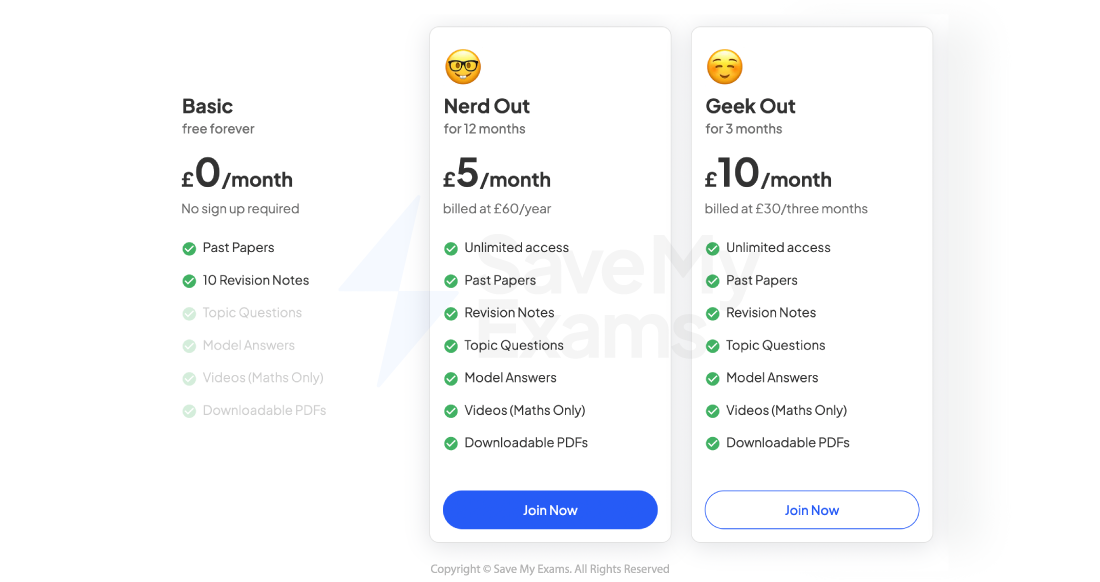Choice Architecture
- Choice architecture refers to the intentional design of how choices are presented so as to to influence decision making
- E.g. Salad bar placement at the beginning of buffets to encourage people to put fruit and vegetables on their plate
- Supermarkets place more profitable products at eye level on the shelves
- Choice architecture aims to simplify the decision making process
- E.g. Restaurants present information about food options in a particular format to encourage individuals to make a particular choice - often bundling items together
- E.g. Tesco replaced confectionary usually found at the checkout till with healthier options so as to encourage people to make better food choices
Types of Choice Architecture
|
|
|
|
Default choice |
|
|
Restricted choice |
|
|
Mandated choices |
|




